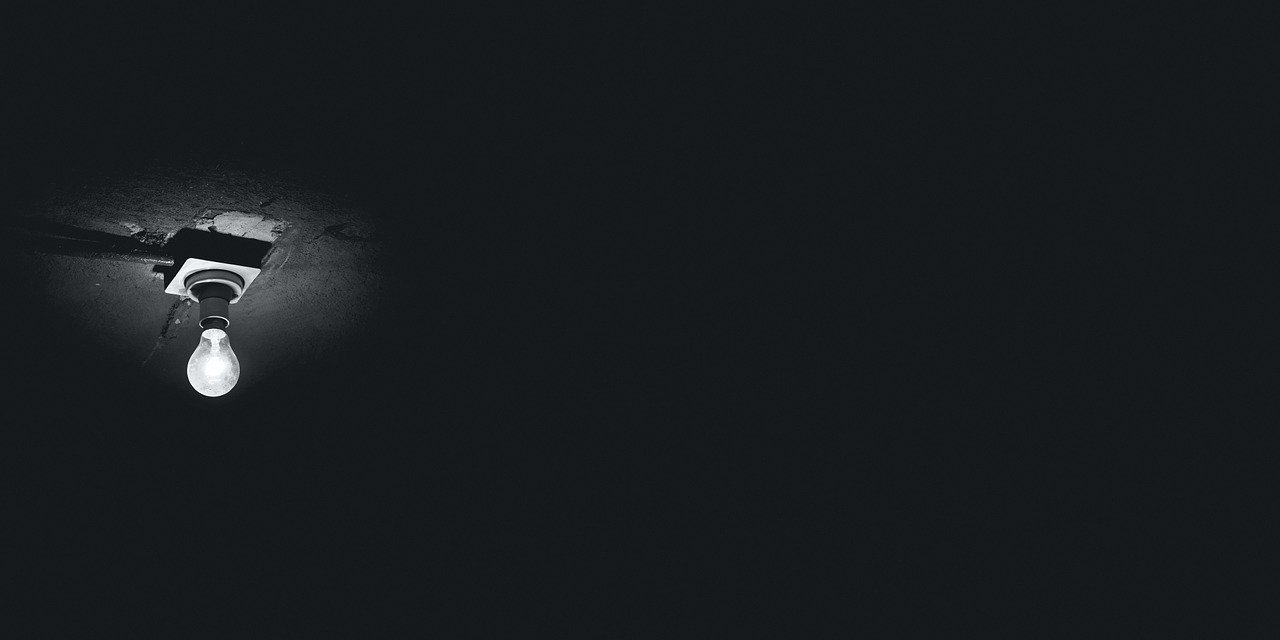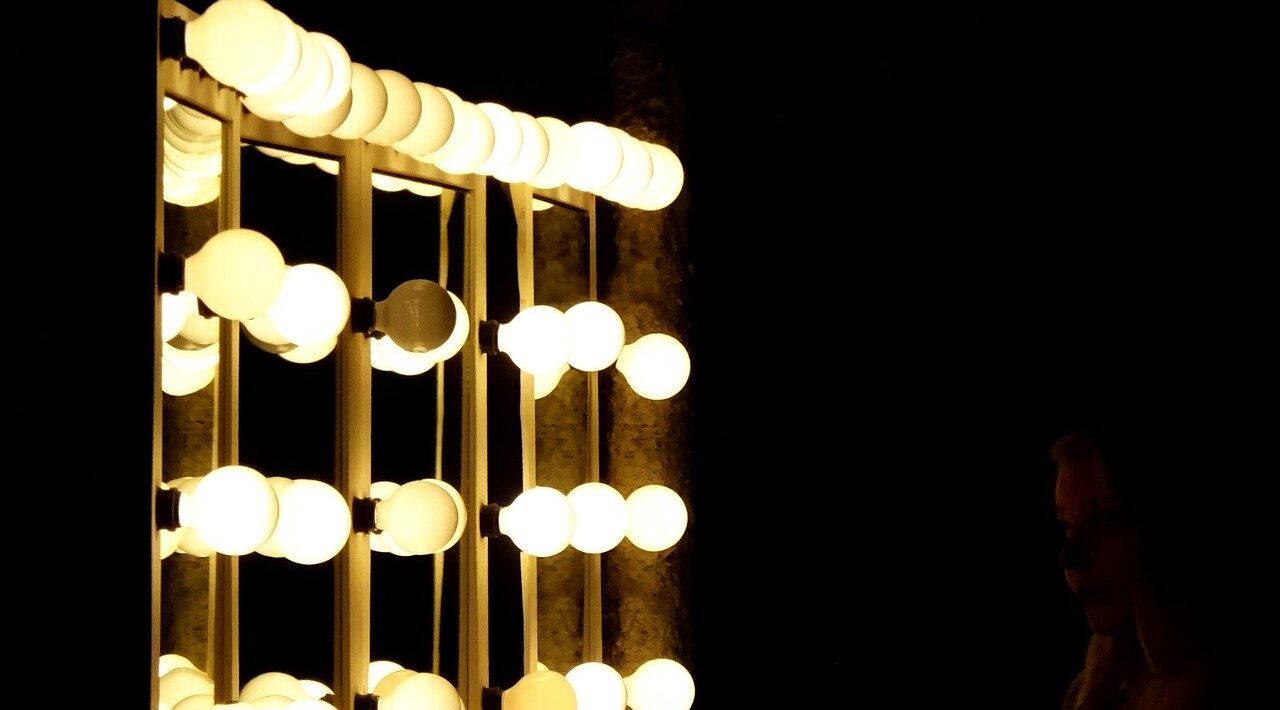Best Color Temperature for Bathroom Lighting
Are you one of those people who are having a difficult time choosing the best color temperature for bathroom lighting? Well, you are not alone with that problem. The bathroom lighting is one of the hardest places to get the right lighting and a poorly lit bathroom can be a dim way to start each day.

Keep in mind that the lighting around your bathroom is more than simply watching you brush your teeth or wash your hands. For the majority of individuals, it is all about the important task of putting on makeup or just to make yourself ready for the day, but surprisingly also, the modern bathroom has become a place to unwind. We need to keep this in mind when designing bathroom lighting. So you cannot just understate the importance of lighting here.
If you want to avoid shadows and weird light tones in your bathroom, read the whole article, but for you who don`t have time to read the whole article here is the short answer:
The best lighting for the bathroom is natural daylight 2700K. The objective is to copy the advantages of that natural daylight effect indoors by utilizing the proper combination of Kelvin temperatures, bulbs, and light fixtures.
Let`s go over why natural daylight color temperature is the best choice for bathroom lighting.
What Makes 2700K and 3000K the Best Color Temperature for Bathroom Lighting?
The best color temperature for bathroom lighting is between 2700K and 300K.
You might be wondering why?
The light around 2700K tends to have a warmer, more comfortable feel and is more flattering to skin tones and warmer color palettes.
Color temperatures in this range offer a flawless, favorable warm-white illumination ideal for bathroom tasks.
You should also choose led bulbs for the bathroom and here`s why, not only are LEDs energy-saving and beneficial because you don’t have to replace the bulbs for years, but they are minimal in appearance so you can get a more clean, modern look in the bathroom. Today’s LEDs also have more wattage and the light quality is much warmer than before.
But make sure that the led bulb has a CRI of 90. The higher CRI= is a measure of a light’s ability to reproduce the colors of objects faithfully in comparison with an ideal or natural light source.
But If you don`t like LEDs, CFL bulbs could be a wonderful choice for bathrooms, contrary to famous belief, as long as their Color Rendering Index(CRI) is 90 or more. That suggests they are close to showing colors the way that daylight does.
Different Types of Color Temperatures Available
Did you know that color temperatures are calculated in degrees of Kelvin on a scale from 1,000 to 10,000?
These are symbolized with a letter K after them, such as 7000K and 3000K. The arrangement is very simple. The lowest number of the scale, the more yellow the light will be and much warmer. On the other hand, the bluer the light means, the higher the number is on the scale.
The natural color temperatures you see within the day generated by the sun differ from warm to cool. The early and late the sunlight is moderate on the color temperature scale. It produces a warm orange-yellow glow, which has less intensity.

The sunlight you notice in the mid of the day is nearer to being cool blue color temperatures. However, it shows to the eye as clear white light. It’s around 5780K. Meanwhile, the color temperature of a sunset or sunrise is at least 3200K.
Below is the specific type of color temperature that will help you choose the best color temperature for bathroom lighting.
- 6500K – Daylight
These lights are intense and strong. It appears like a combination of white and blue light and will deliver many energy outputs. - 5000K – Bright White
It approaches the clarity and intensity of sunlight. Professional spaces use this where preciseness is needed. - 4100K – Cool White
Do you need the ability to see your subject clearly and need some precision? Then this cool white temperature is what you need. - 3500K – Neutral White
You can see this color temperature in settings where individuals need to stay alert. Retail stores and office spaces use this type of light. - 3000K – Top choice for bathroom – Soft White
Do you want a soothing environment but might need more clarity in your setting? A 3000K light is a perfect option. - 2700K – Top choice for bathroom – Warm White
The 2700K color temperature is the light you’re most familiar with within a restaurant or residential setting. The warm glow of this temperature is often resonant with the glow of a fire or sunset.
Benefits of 2700K and 300K Temperatures
You will sometimes encounter a choice in color temperature between 2700K and 3000K when looking for the best color temperature for bathroom lighting. There is a small difference in color between these two color temperatures even though both are categorized to be “warm white.”
You need to acquaint yourself with the way light looks at various color temperatures. The majority of people prefer light in this range for their homes, as the color of the light is familiar and comfortable. That’s especially true, even though color preferences are personal.
Here are the benefits of using them:
- This color temperature offers a warm and nice atmosphere. It is also an excellent alternative for bedrooms and living rooms where you’d wish to support relaxation.
- These warm white lights are an excellent option to balance wood furniture and earthy tones if you have these in your bathroom.
- All types of indoor settings could take advantage of the 2700K and 3000K. These color temperatures offer an energy-efficient option to establish a warm, appealing environment.
- The light around 2700K gives you a cozy and warm feeling. It is also more pleasing to skin tones and has warmer color patterns.
On the other hand, the light around 3000K has a crisper, livelier feel and is more likely to be much gratifying to cooler color palettes. That’s because it reads as more of a neutral white light.
One light source or many light fixtures for the best possible light?
The first thing people think is that the bathroom must be bright because we make many practical tasks within this place. Tasks like bathing, grooming, or applying make-up require a lot of lighting in the right areas. But, a typical mistake many people make is trying to use one light source to light up the whole bathroom.
You can get a single bathroom lighting fixture that provides you a lot of light, but you will get a lot of glare and shadows from that light fixture. But if you add different layers of light from a mixture of light sources, you get more light but without the glare. These added layers also create more even light within the room.
In conclusion. Choosing bathroom lighting color temperature can be difficult, however, with careful attention to detail and layered methodology, you can accomplish a lighting design that is both functional and beautiful.
